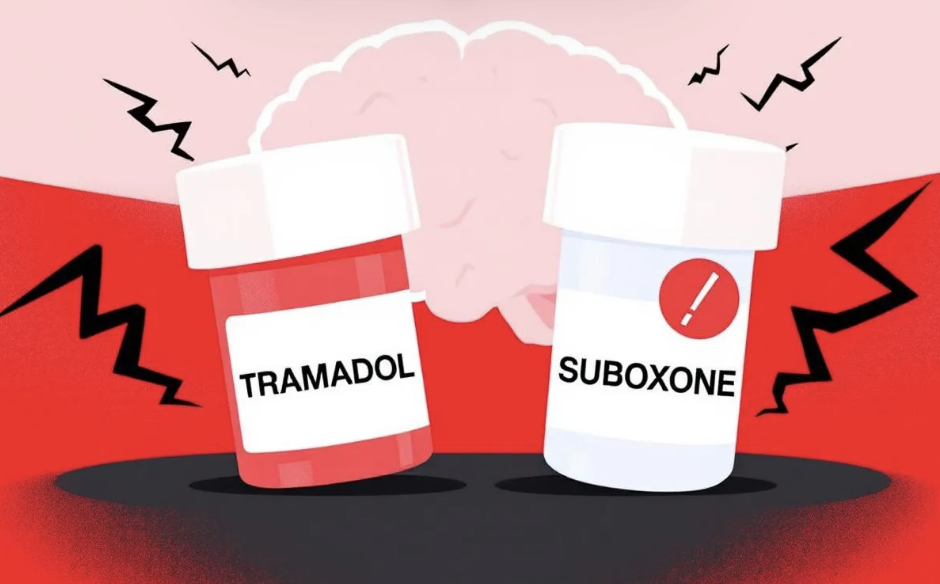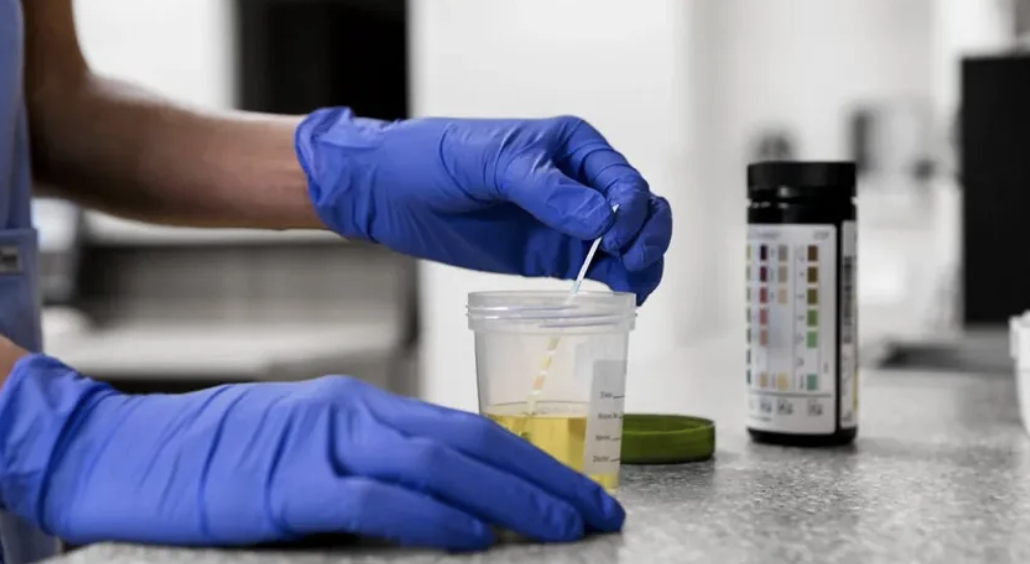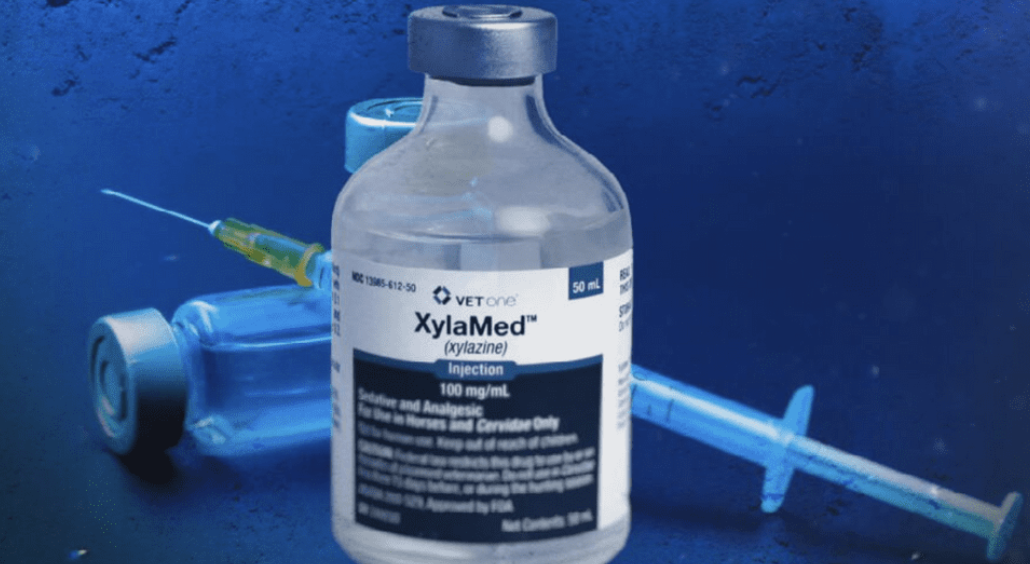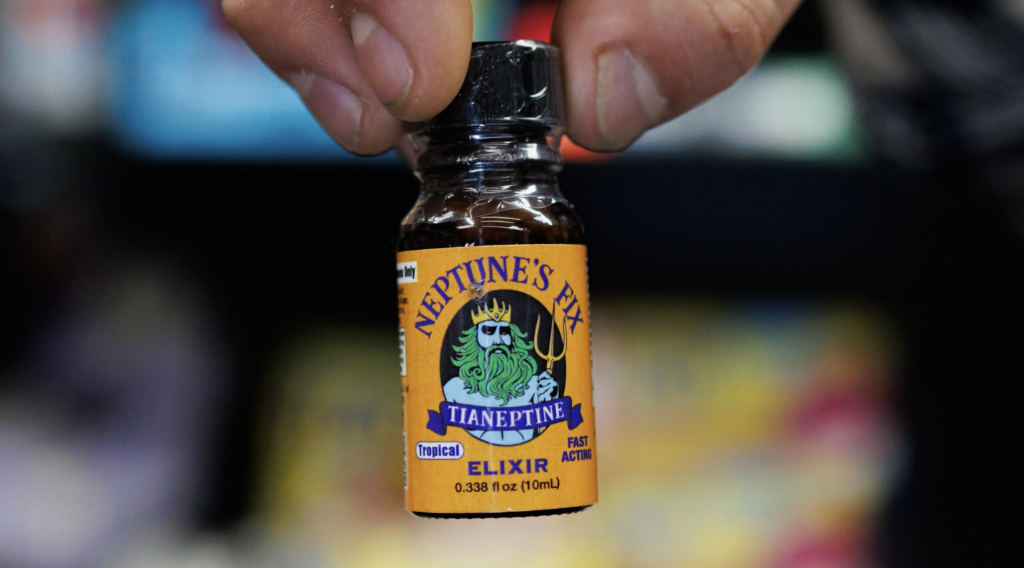Can you take tramadol with Suboxone? The short answer is generally no, it is not recommended due to significant health risks. Combining these medications can reduce tramadol’s effectiveness and increase the risk of severe side effects like respiratory depression and withdrawal symptoms. This article will explore why this combination is risky and provide guidance on safer pain management options while on Suboxone.
Key Takeaways
- Combining tramadol with Suboxone is generally not recommended due to significant health risks, including respiratory depression and withdrawal symptoms.
- Tramadol and Suboxone interact in a way that can diminish pain relief and may lead patients to misuse tramadol in an attempt to overcome its dulled effects.
- Healthcare providers should explore safer non-opioid pain management alternatives for patients on Suboxone instead of recommending tramadol.
Can you take tramadol with Suboxone? A direct answer
The short answer is that taking tramadol with Suboxone is generally not recommended unless specifically prescribed and closely monitored by a healthcare professional. Suboxone, which combines buprenorphine and naloxone, works by blocking opioid receptors, thereby preventing the euphoric effects of other opioids, including tramadol. This blockade can lead to reduced pain relief and potentially dangerous consequences if tramadol is taken in higher doses to overcome the dulled effects of suboxone and tramadol.
Mixing tramadol with Suboxone without supervision can lead to severe complications, including respiratory depression and even overdose. If tramadol is taken before starting Suboxone, it can precipitated withdrawal experience precipitate withdrawal symptoms, making the transition more challenging.
Any decision to combine these medications should be informed by a full understanding of what medications you should not take with Suboxone and made under strict medical supervision.
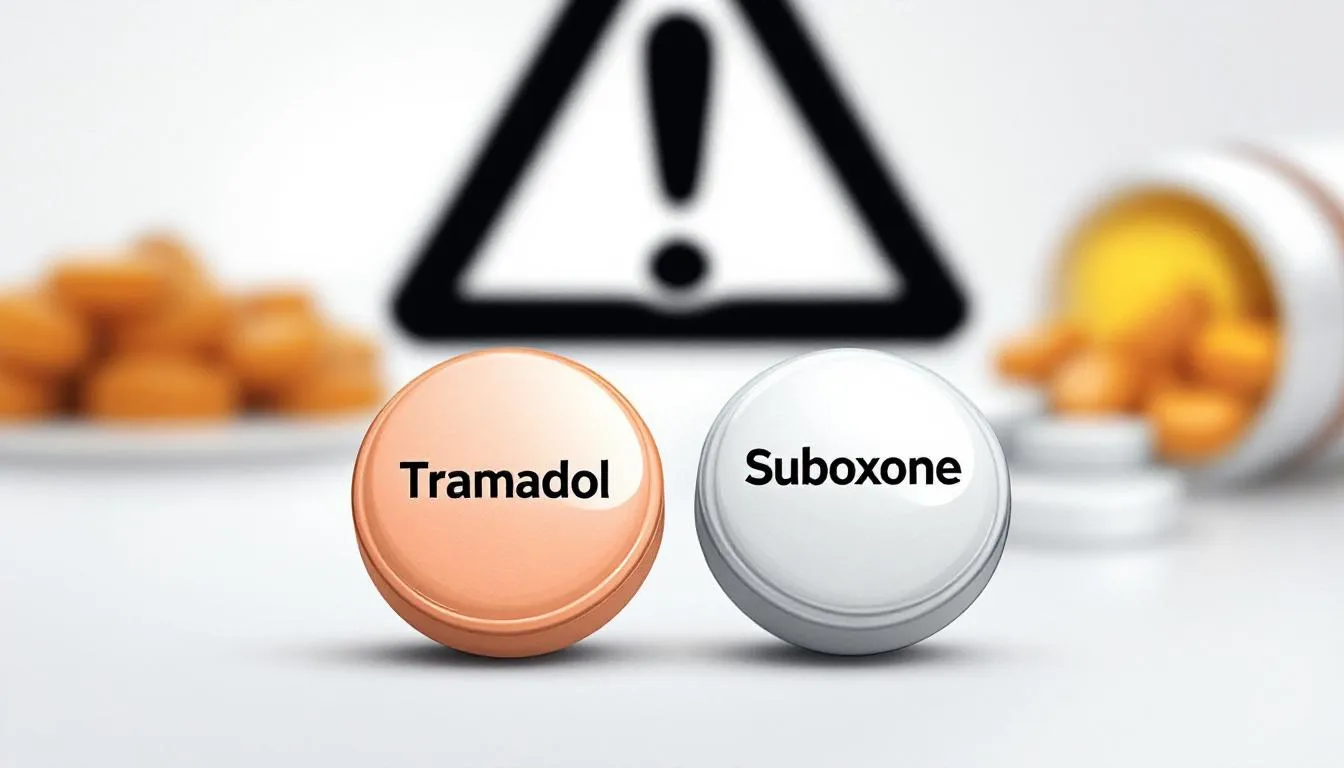
Understanding tramadol and Suboxone: Purpose and pharmacology
Understanding the purpose and pharmacology of these medications is crucial to grasp the implications of taking tramadol with Suboxone and the risk of serious Suboxone interactions.Tramadol is used for pain management, while Suboxone is for treating opioid dependence. Each drug has unique mechanisms of action and potential interactions that influence their combined use.
Tramadol, a centrally acting analgesic, is often prescribed for moderate to moderately severe pain. It works through dual mechanisms: as a mu-opioid receptor agonist and as a serotonin-norepinephrine reuptake inhibitor, providing both opioid and non-opioid pain relief, affecting the central nervous system.
Suboxone is a combination of two medications. It contains buprenorphine, which is a partial opioid agonist, and naloxone, an opioid antagonist. This combination is primarily used to treat opioid use disorder, reducing withdrawal symptoms and cravings while deterring misuse.
What is tramadol?
Tramadol is a versatile medication commonly prescribed for managing moderate to moderately severe pain. Its effectiveness stems from its unique dual-action mechanism: it acts as an agonist on mu-opioid receptors, providing opioid pain relief, and inhibits the reuptake of serotonin and norepinephrine, enhancing its analgesic effects. This makes tramadol suitable for both acute and chronic pain management.
Despite its benefits, tramadol is classified as a Schedule IV controlled substance due to its potential for abuse and misuse. As a centrally acting analgesic, it can provide significant relief for those suffering from moderate to severe pain, but it carries risks, especially when not used as directed. The potential for tramadol abuse necessitates careful monitoring and adherence to prescribed dosages to prevent dependency and adverse effects.
Tramadol should be used with caution given its classification and potential for misusing tramadol, particularly in patients with a history of substance abuse or those currently undergoing treatment for opioid dependence. Knowing its pharmacology and risks is crucial for safe and effective pain management.
What is Suboxone?
Suboxone, a combination of buprenorphine and naloxone, is a cornerstone in the treatment of opioid use disorder, especially when used alongside suboxone. Taking suboxone, buprenorphine acts as a partial opioid agonist, binding to opioid receptors with high affinity but activating them to a lesser extent than full agonists. This property helps relieve cravings and withdrawal symptoms without producing the same euphoric effects as full opioid agonists. Suboxone works effectively to manage these challenges.
Naloxone, the other component of Suboxone, is an opioid antagonist that blocks the effects of opioids, a key factor when understanding how long Suboxone stays in your system. It is included in the formulation to deter misuse; if Suboxone is taken as prescribed, naloxone remains inactive, but if someone attempts to inject the medication, naloxone will precipitate withdrawal symptoms, thereby discouraging abuse. This dual mechanism makes Suboxone an effective tool in the recovery process for individuals struggling with opioid dependence.
Suboxone binds to mu-opioid receptors with high affinity, preventing other opioids from exerting their effects. This helps reduce cravings and opioid withdrawal symptoms while minimizing the potential for relapse, offering a pathway towards sustained recovery.
Interaction between tramadol and Suboxone
When tramadol and Suboxone are taken together:
- Buprenorphine’s high affinity for opioid receptors can effectively block tramadol’s effects.
- This interaction prevents tramadol and buprenorphine from providing their full analgesic effect, which can be frustrating for patients seeking pain relief.
- The blockage can lead patients to increase their tramadol dosage in an attempt to overcome the dulled effects.
- Increasing the dosage poses significant health risks and may even lead to a Suboxone overdose, especially when respiratory depression becomes severe.
One of the major risks associated with mixing tramadol and Suboxone is the potential for respiratory depression, especially if high doses of tramadol are consumed. Suboxone’s ability to block opioid receptors can also precipitate withdrawal symptoms if tramadol is taken too soon after Suboxone, resulting in nausea, diarrhea, and muscle aches.
Additionally, tramadol’s action as a serotonin-norepinephrine reuptake inhibitor raises the risk of serotonin syndrome when combined with Suboxone. This serious condition can cause symptoms ranging from mild (shivering and diarrhea) to severe (muscle rigidity, fever, and seizures). Therefore, understanding these interactions and the potential for adverse effects is crucial for safe medication management.
Risks of taking tramadol while on Suboxone
The combination of tramadol and Suboxone is fraught with significant health risks. One of the primary concerns is respiratory depression, a potentially life-threatening condition where breathing becomes dangerously slow and shallow breathing. This risk is heightened if patients increase their tramadol dosage in response to reduced pain relief, leading to an overdose death.
Risks and concerns related to tramadol and suboxone interactions include:
- Sedation, which can impair cognitive and motor functions, increasing the likelihood of accidents and injuries.
- Reduced efficacy of tramadol due to Suboxone’s receptor occupancy, which may lead patients to misuse the medication, further compounding health risks.
- Mental health implications such as anxiety, confusion, and the risk of developing dependency on tramadol.
Any decision to use tramadol while on Suboxone must be made under strict medical supervision due to these risks. This approach ensures the benefits outweigh the risks and that any adverse effects are promptly addressed.
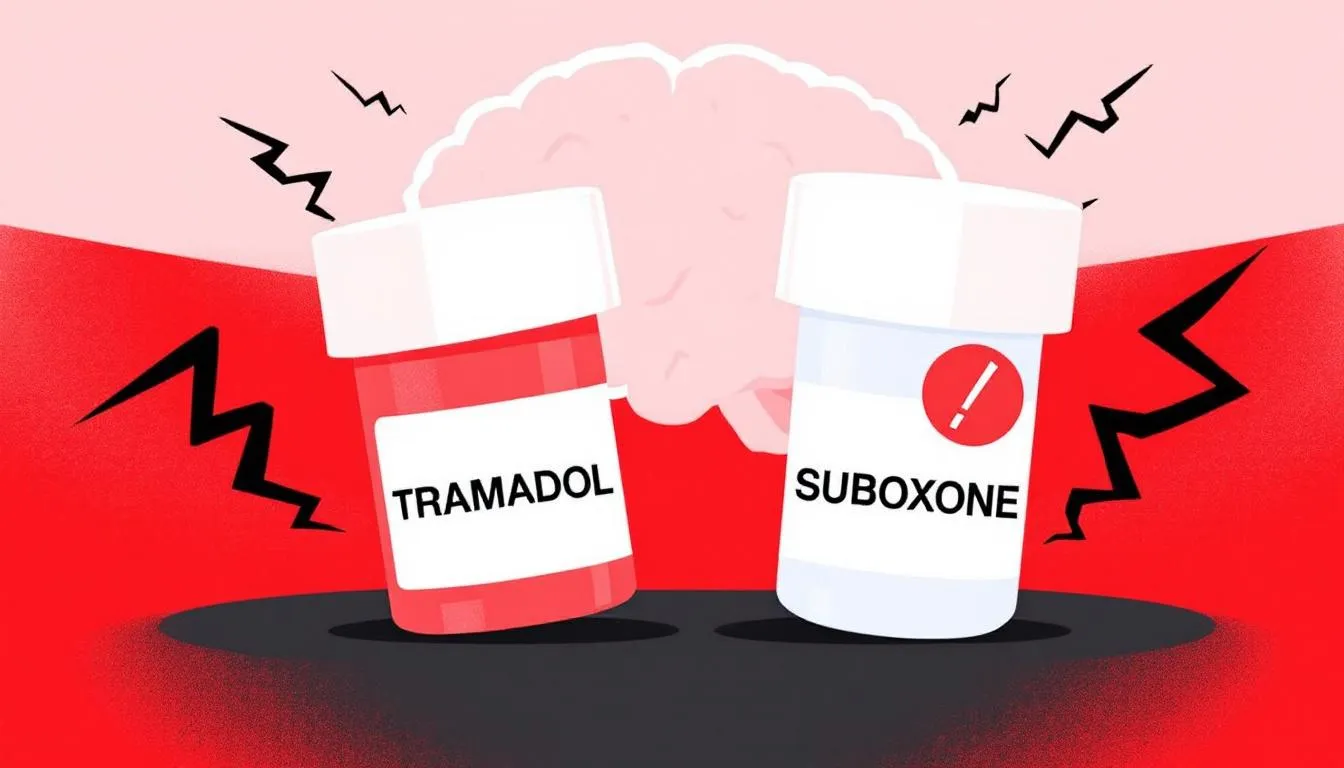
Why is combining tramadol and Suboxone sometimes considered
In rare clinical scenarios, combining tramadol and Suboxone might be considered necessary despite the risks. Managing severe pain in patients undergoing Suboxone treatment can be challenging, and tramadol may be prescribed as a last resort when other pain relief methods are ineffective. These situations often occur in palliative care or post-surgical settings where close monitoring is in place to mitigate risks.
However, before resorting to tramadol, healthcare providers often explore safer Suboxone alternativesthat do not pose the same level of risk. This cautious approach minimizes the potential for adverse interactions and ensures that patient safety remains the top priority.
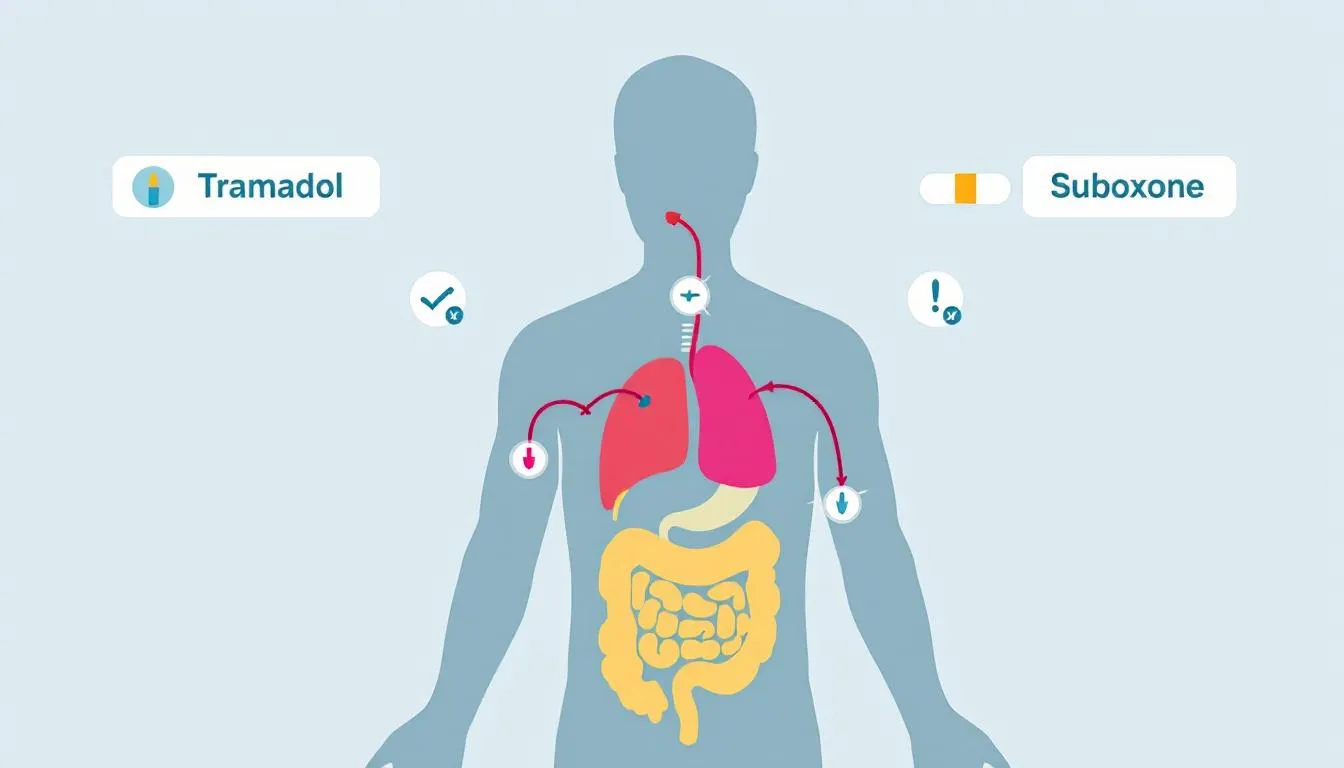
Alternatives to tramadol for patients on Suboxone
For patients on Suboxone, safer alternatives to tramadol for pain control include non-steroidal anti-inflammatory drugs (NSAIDs), acetaminophen, and certain antidepressants that are effective for chronic pain management. These alternatives provide pain relief without the risks associated with opioid medication, other opioid medications, and opioid drugs, making them preferable options.
In severe cases, healthcare providers might consider adjusting the Suboxone dosage or prescribing short-term full agonist opioids under strict supervision. Physical therapies and non-drug pain management options, such as acupuncture and cognitive-behavioral therapy, can also be effective in managing pain without the need for additional medications.
Medical advice for people considering both medications
If you’re considering taking both tramadol and Suboxone, it is crucial to consult with an addiction medicine or pain specialist. Only a qualified provider can assess the benefit-risk ratio and determine the appropriate course of action. Self-medicating with tramadol while on Suboxone is highly discouraged due to the serious risks involved.
Professional guidance ensures potential drug interactions are carefully managed and the treatment plan is tailored to your specific needs and medical history. This approach maximizes safety and efficacy, providing the best possible outcomes for your health and well-being.
Bottom Line: What you need to know about tramadol and Suboxone
Understanding the potential interactions and risks of tramadol with Suboxone is crucial for anyone undergoing treatment for opioid dependence. While tramadol may be considered for pain management in some cases, the risks of respiratory depression, withdrawal symptoms, and other serious side effects necessitate professional oversight.
Healthcare providers and medical professionals play a vital role in ensuring that any combined use of these other medications is safe and effective. Exploring alternatives and adhering to medical advice can help manage pain while treating pain and minimizing risks, potentially leading to an additive analgesic effect. Additionally, the use of various treatments can enhance the overall approach to pain management.
Always consult with your healthcare provider before making any changes to your medication regimen to ensure the best possible outcomes.
FAQs about tramadol and Suboxone
Can tramadol help with pain while on Suboxone?
Tramadol can help with pain while on Suboxone, but its effectiveness is diminished, and it carries potential risks. It is essential to consult your healthcare provider before using tramadol in this context.
Are there any opioid painkillers safe to take with Suboxone?
While non-opioid alternatives are generally preferred, certain opioids may be used cautiously under supervision when necessary. It is essential to consult with a healthcare provider to ensure safety.
Can tramadol cause withdrawal if taken after Suboxone?
Yes, tramadol can induce withdrawal symptoms if taken shortly after Suboxone. It is critical to manage the timing of these medications to avoid adverse effects.


